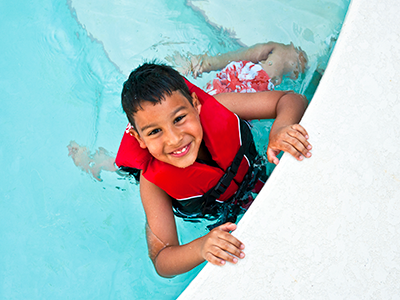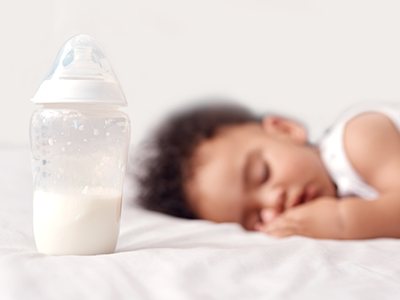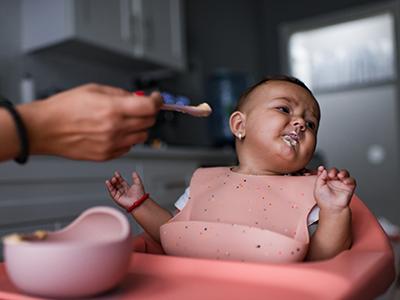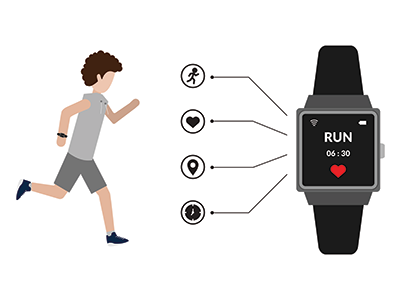Know your family history and get specific
Before your next visit with a pediatrician or pediatric cardiologist, take a survey of your family history to understand if your child is at risk for heart conditions, which could range from heart murmurs, arrhythmias (an irregular heartbeat), abnormal cholesterol and chest pain, to fainting or cardiomyopathies (disorders of the heart muscle). Since many conditions are hereditary, it’s important to know all of the details surrounding conditions that run in your family. Most parents are in relatively good heart health, especially between their 20s and 40s, so this is good information for you to have, too.
If you’re not sure if or what types of heart problems run in your family, ask. Get specific. Find out more about a grandparent or about an aunt or uncle who had a heart condition. What happened? What types of medications were they taking?
In addition to learning about heart attacks and strokes, ask about the timing. Did the heart attack occur before age 50? Was it unexpected? Did it involve near-drowning? Has anyone in the family had a pacemaker, a heart transplant or an arrhythmia-related disorder? This helps doctors gather details about conditions that may be benign (about two-thirds of heart murmurs are harmless) or that require extra screening.
Discuss healthy habits
From the time children are in preschool, they learn about heart-healthy habits, such as filling up their plates with fiber-packed fruits and vegetables, eliminating or reducing soda and sugar-sweetened beverages, taking naps and exercising. As children get older and enter middle or high school, you can expand on this conversation by reminding them about the importance of getting enough sleep. Discuss the dangers of chronic sleep deprivation, a risk factor for obesity.
This is also a good time to talk about smoking. Describe what’s in e-cigarettes: chemicals, including nicotine, that harm the heart, lungs and brain, making it harder to pay attention in class, learn new material and play sports. Talk about situations that might come up in school and discuss ways they feel comfortable saying “No,” but in a social currency that feels right for them.
Make heart health a family affair and lead by example
If teens need more guidance about making healthy choices, employ healthy modeling at home, such as buying and making heart-healthy foods for the whole family. Introduce certain items, like green vegetables, a few different ways and in a few different forms. The same goes for exercise. Get out and have fun with your children if you’re physically able to: Play tag or hopscotch, go the playground, swing on the monkey bars, ride bikes, go swimming or take the dog for a walk.
Embrace the season
Swap extra screen time for fun in the snow. One way to work around winter weather, including consecutive snow days, is to dress appropriately and get outdoors. Ask for your child’s help in shoveling snow. Go sledding, snowshoeing or ice-skating. Walk up and down hills. Encourage them to build a snow fort, snow family or have a friendly snowball fight. Exercise isn’t just good for the heart and for a child’s arteries. Staying active is good for a child’s developing muscles, bones, brain and it may help them make friends, develop confidence and lower stress, while giving them more energy. Exercise also supports a healthy body weight and reduces the risk for diabetes as they get older.
Bring heart health concerns to your pediatrician
If you notice unusual symptoms in your child, especially if they become ill, faint or complain of chest pain during exercise, bring this up to your pediatrician, who can screen them for heart problems, starting with a questionnaire.
This blog post originally appeared in Northern Virginia Magazine online.
 https://riseandshine.childrensnational.org/wp-content/uploads/2025/02/girl-holding-heart-feature.jpg
300
400
Rise and Shine
https://riseandshine.childrensnational.org/wp-content/uploads/2017/11/childrens_riseandshine_logo.jpg
Rise and Shine2025-02-11 13:45:422025-02-28 12:43:208 ways to help children with CHD prepare for healthy futures
https://riseandshine.childrensnational.org/wp-content/uploads/2025/02/girl-holding-heart-feature.jpg
300
400
Rise and Shine
https://riseandshine.childrensnational.org/wp-content/uploads/2017/11/childrens_riseandshine_logo.jpg
Rise and Shine2025-02-11 13:45:422025-02-28 12:43:208 ways to help children with CHD prepare for healthy futures





















Leave a Comment
Want to join the discussion?Feel free to contribute!